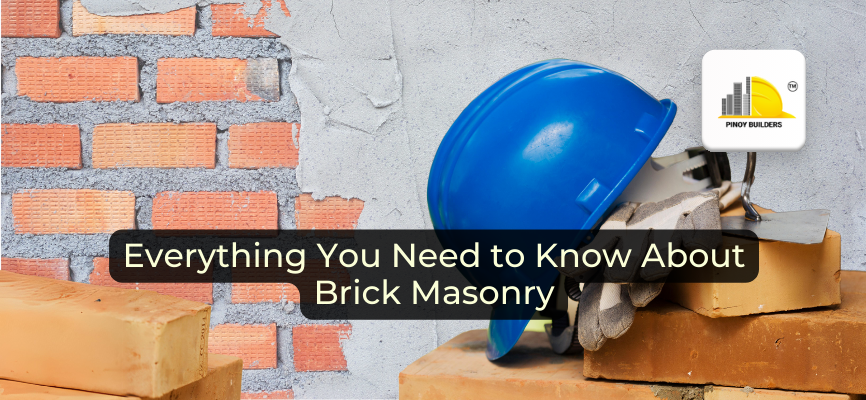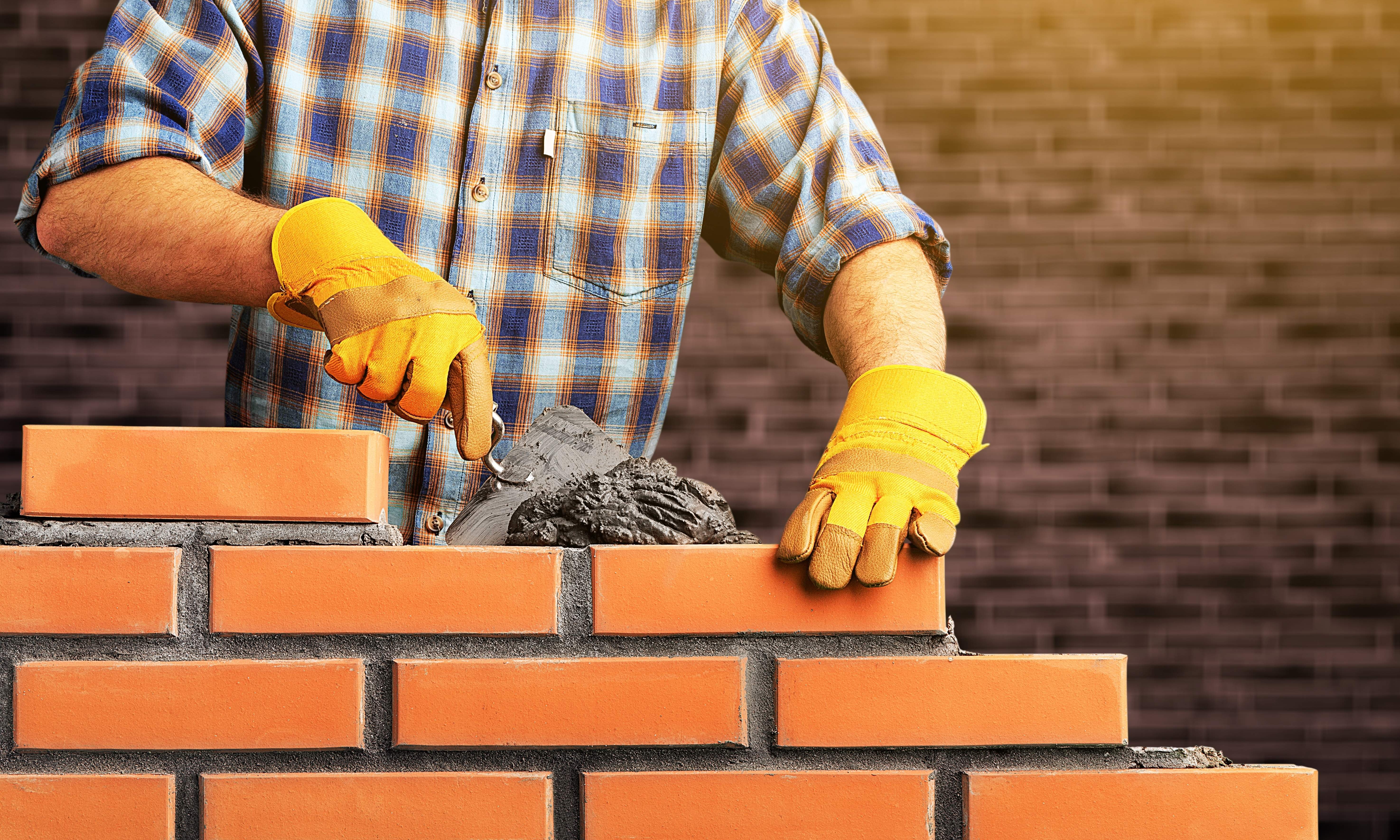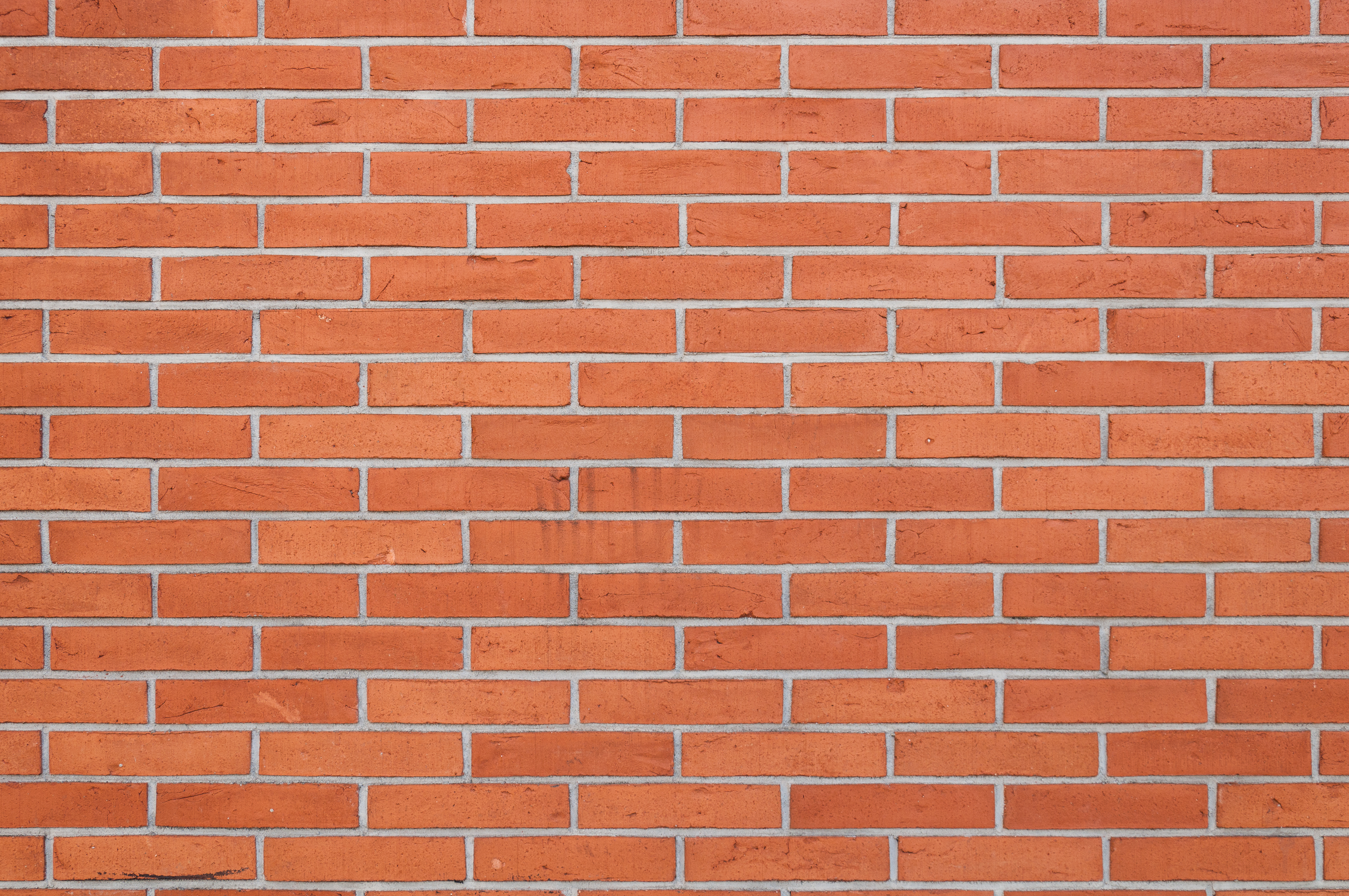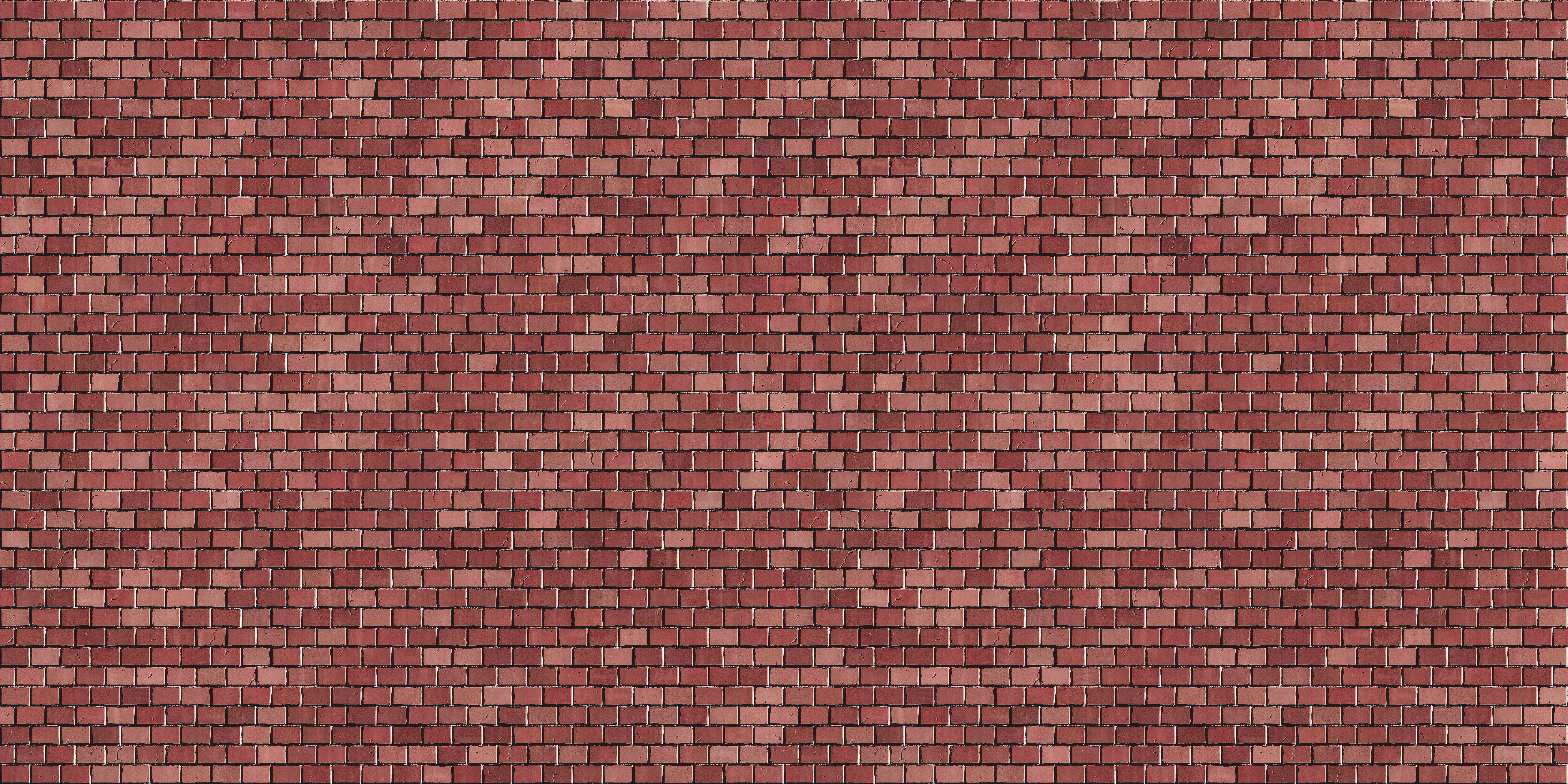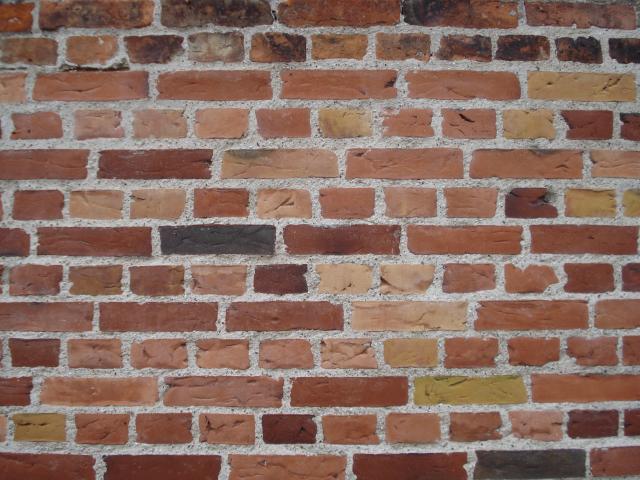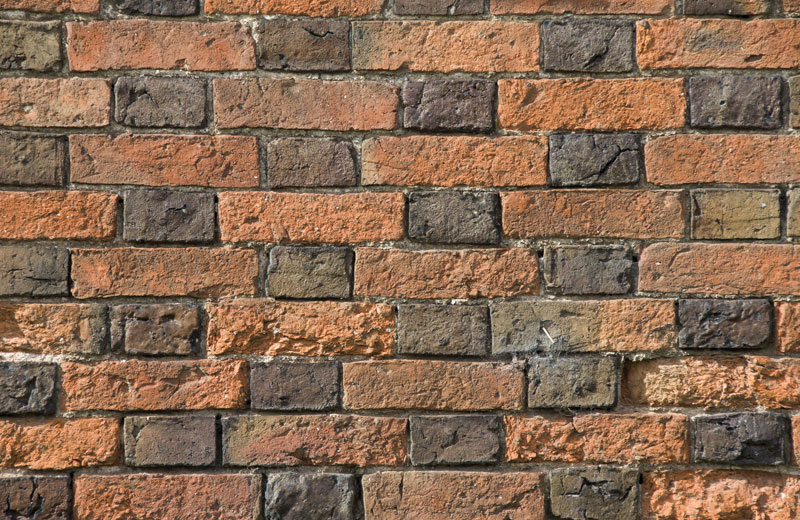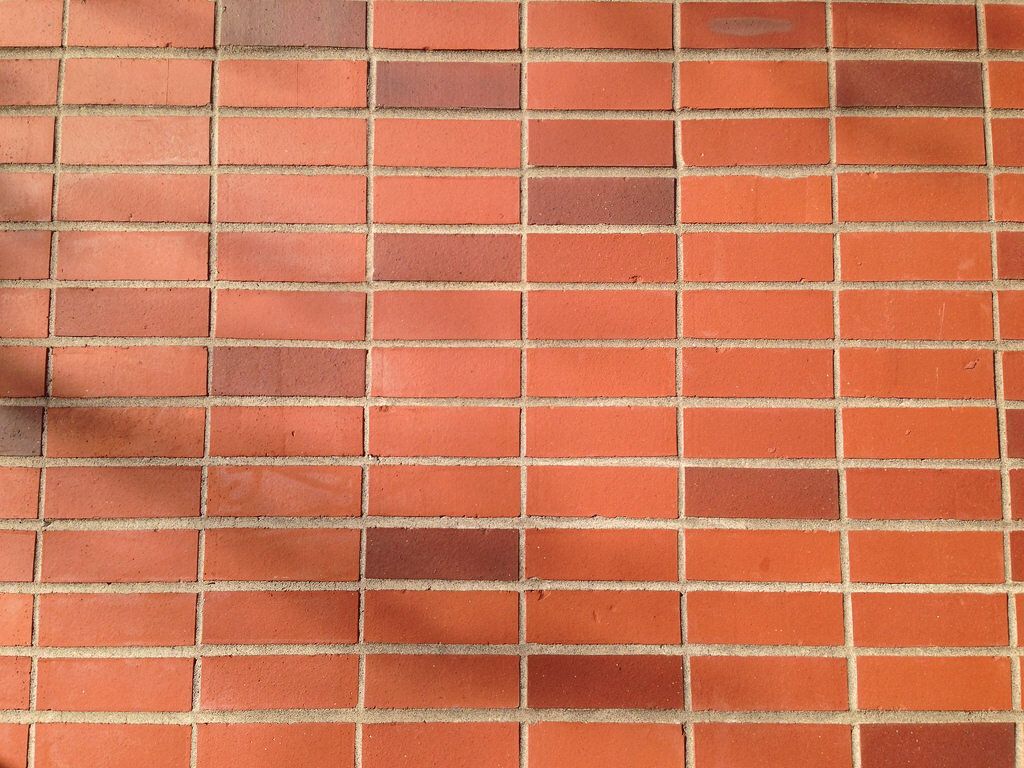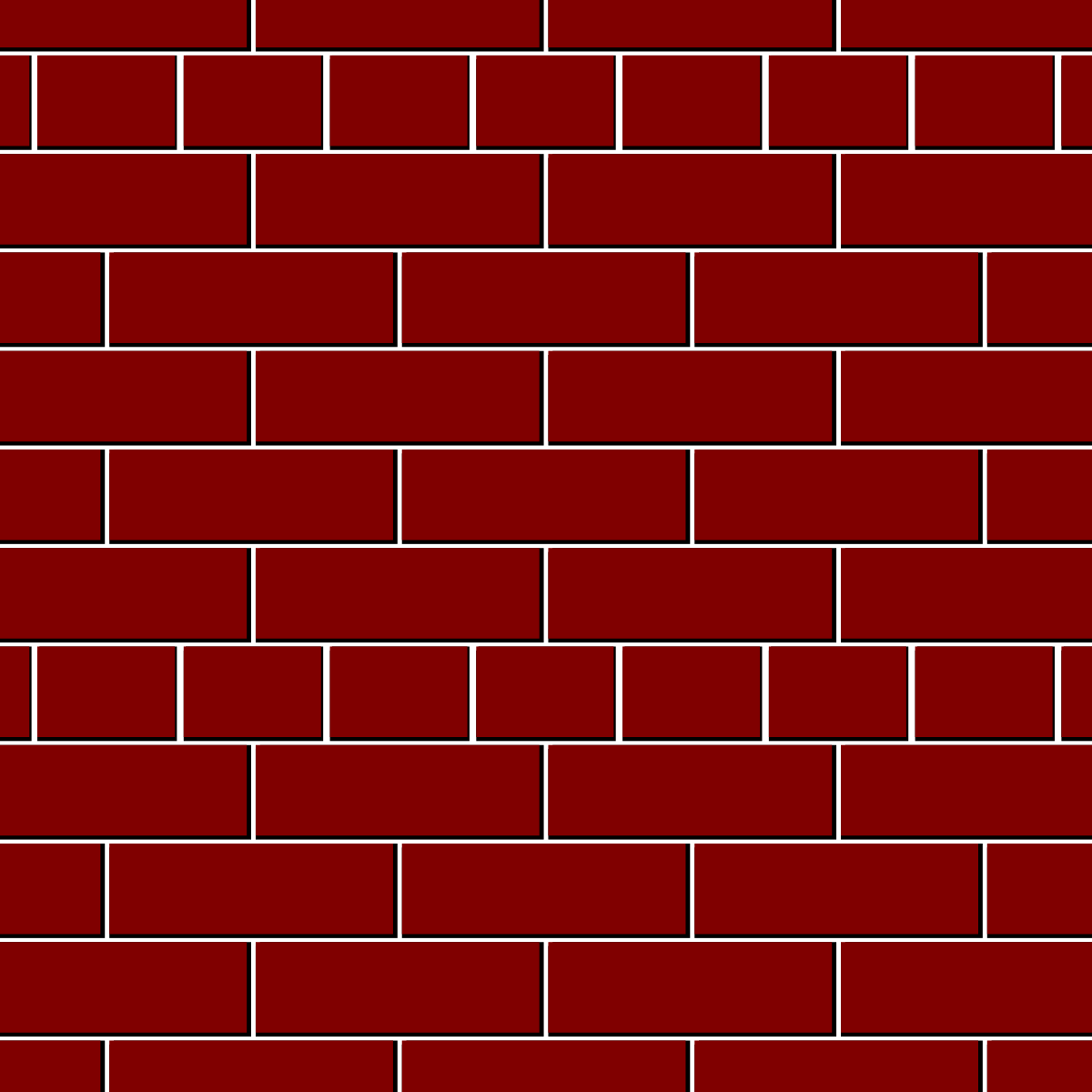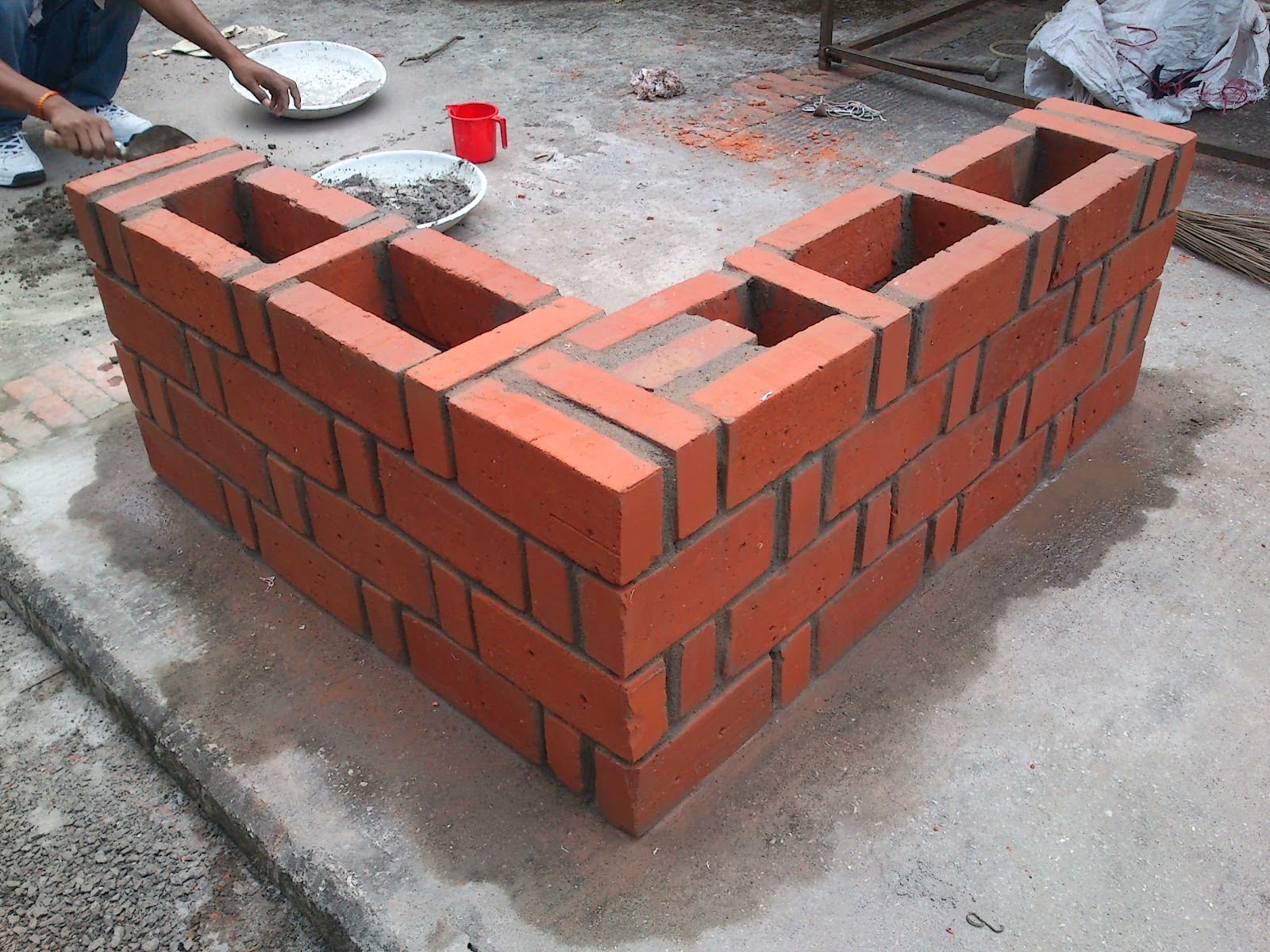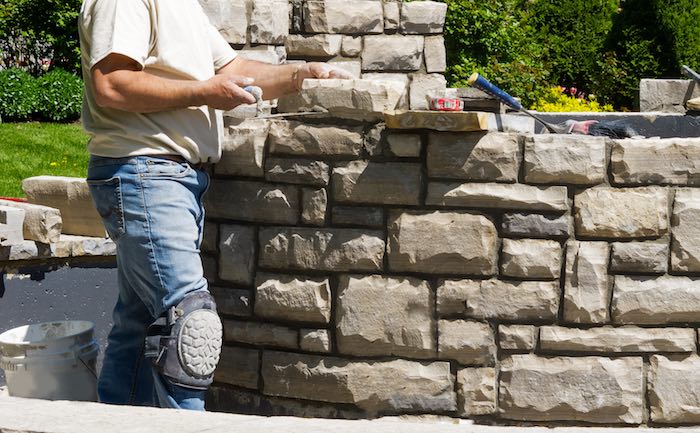Brick masonry is the process of laying bricks in a systematic manner bonded properly with mortar to create a solid structure that can withstand a great load of pressure. Some of the most famous architectural masterpieces around the world such as the Egyptian and Great Wall of China have been constructed from brick masonry.
In adhering the bricks together, there needs to be a bond in brick masonry. It is produced by filling joints between the brick with suitable mortar.
Photo from Freepik
Types of Brick Bond
Brick walls can be structural or can also be decorative. Structural brick walls are those load-bearing walls that demand solid structural bonds. While decorative brick walls are like brick-veneer walls which can use any bond pattern.
Check out these ten (10) most traditional and popular brick bonds used for walls:
1. Stretcher Bond
This type of bonding is one of the most common brick bonds but not particularly strong. It’s very easy to lay and one of the simplest. This pattern is made only using stretchers, with the joins on each course centered above and below by half a brick.
Stretcher bonds are very useful for the construction of walls with less thickness but not very suitable for stand-alone structural walls.
Photo Courtesy: Wikimedia Commons
2. Header Bond
This bond type is similar to the stretcher bond but with headers instead of stretchers. A header is the shorter face of the brick. In this type of brick masonry, all bricks are constructed in the header course. The overlap is performed corresponding to a half-width of the bricks. It is also mainly used in constructing one brick thick walls.
Photo from Freepik
3. English Bond
English bond is formed by laying alternate courses of stretchers and headers. It is one of the most commonly utilized variations of brick bongs and also considered as one of the strongest bonds.
Photo Courtesy: NEN Gallery
4. Flemish Bond
Headers and stretchers are alternately laid in each course to form this bond. Each header is centered on a stretcher above and below and every alternate course begins with a header in the corner. This bond is often used for walls that are two bricks thick.
Photo Courtesy: Britannica
5. Stack Bond
This is a non-structural bond where bricks are laid directly on top of one another, either horizontally or vertically, with joins aligned, running vertically down the entire wall. This bond is a bit weak as the alignment of joints results in minimal bonding. This type of bond is perfect for purely decorative purposes, and not suitable for walls which require transfer loads.
Photo Courtesy: Pinterest
6. Dutch Bond
This is a modified version of the English cross bond which consists of alternate courses of headers and stretchers. Dutch bond is a match when constructing strong corners along the wall which are subjected to excessive loads.
7. Common Bond / American Bond
This bond is very comparable to the English Bond. However, this one has courses of headers inserted in every five or six courses. Header courses are centered with the previous header course. The common bond is normally used in exterior load-bearing walls.
Photo Courtesy: Wikimedia Commons
8. Facing Bond
This is primarily adopted for thick walls where the facing and backing are chosen to be constructed with bricks of diverse thickness. Usually, heading and stretching courses in this bond are arranged in a manner that one heading course comes after quite a lot of stretching courses.
9. Diagonal Bond
This bond is perfectly suited for walls of two (2) to four (4) brick thicknesses. Bricks in this bond are placed end to end in such a manner that extreme corners of the sequence remain in contact with the stretchers.
10. Rat Trap Bond
This bond is where bricks are placed in vertical position instead of conventional horizontal position and creates a cavity, sort of a hollow space, within the wall. With this, it consumes a smaller number of materials. Take note also that extra care is needed to design this bond.
Photo Courtesy: The Constructor
Advantages of Brick Masonry
What are the advantages of using brick masonry?
- The size and shape of the bricks is generally uniform, therefore construction process of the brick masonry is not hard
- Bricks used in brick masonry are generally light weight which makes handling of bricks on the construction site easier
- Brick can be used for virtually any project including thin walls, where stone is not the best source.
- Brick masonry is cheaper than stone masonry.
- No complicated lifting equipment is required for brickwork.
- They can be made with less skilled laborers.
Disadvantages of Brick Masonry
- Brick masonry cannot do well in an earthquake.
- It is a time-consuming construction process.
- It is comparatively not strong and durable as compared to stone masonry.
- Naturally, bricks absorb water, so there is a possibility of dampness in the brick wall.
Stone Masonry. (Photo Courtesy: About Civil)
No wonder why some homeowners are so in love with revamping their space with a Do-It-Yourself brick wallpaper!
CITATIONS:
- BRICK MASONRY. (n.d.). Constructionor. Retrieved August 18, 2021, from https://constructionor.com/brick-masonry/
- Types of brick bonding. (2021, July 12). Design Buildings Wiki. https://www.designingbuildings.co.uk/wiki/Types_of_brick_bonding
- Earthbound Architecture. (2017, May 22). Of Bricks and Bonds – The Rat Trap Bond. ArchitectureLive! https://architecturelive.in/of-bricks-and-bonds-the-rat-trap-bond/
- Advantages & Disadvantages of Brick Masonry. (2017, December 27). Deluca Masonry. https://www.delucamasonry.com/advantages-disadvantages-of-brick-masonry/
- 10 Most Popular Types Of Brick Bonds. (n.d.). Go Smart Bricks. Retrieved August 18, 2021, from https://gosmartbricks.com/10-most-popular-types-of-brick-bonds/
- What is the Definition of Brick Masonry? Different Types of Brick Masonry. (2020, January 6). Turnbull Masonry. https://www.turnbullmasonry.com/definition-brick-masonry-different-types-brick-masonry/
![]()


